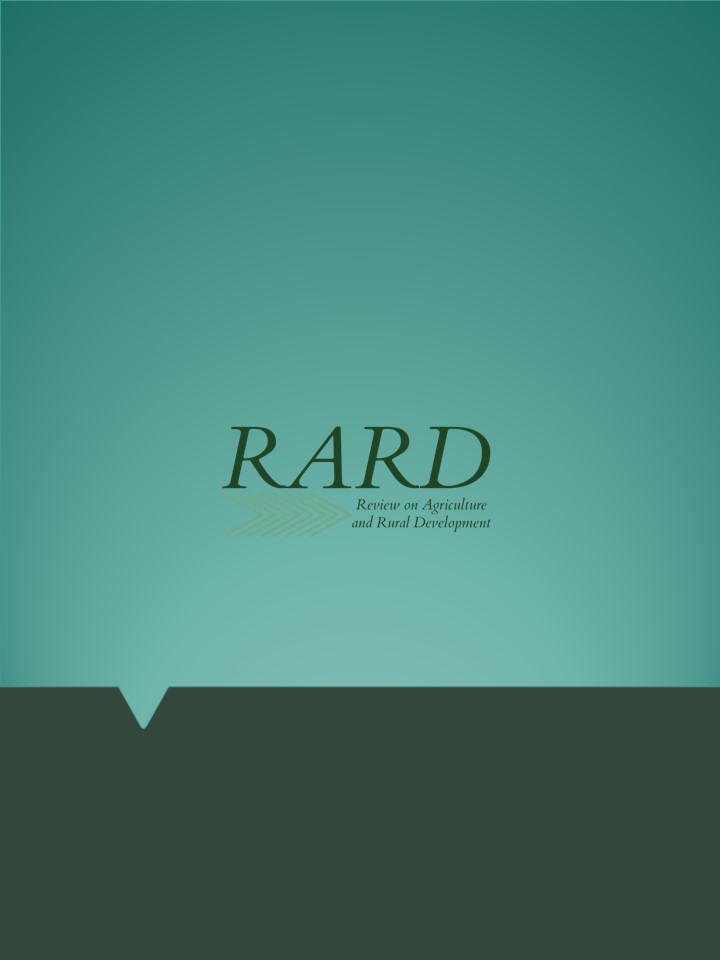Case Study on the Registration of Nagykun Rice PGI
Main Article Content
Absztrakt
With various producer subsidies and giving more information for the consumers, at least a part of the European rice market can be independent of the Asian market. The consumer encounters more and more information on the packaging of food products, among others, the GI label. Geographical Indications contain information on both the origin of the food and the quality associated with the origin. The Nagykun Rice Consortium in Hungary aimed at the European Union geographical indication to highlight the values of Nagykun rice. There were several reasons for the demand for PGI designation. The 2013 Land Act stipulates that those who are engaged in the production of GI product are entitled to pre-emption, so one of the reasons was to keep the lands what they use already or be the one who can buy a new one first. Another reason was that they had been using organic label for several years, so based on their experience, they were also aware of the marketing opportunities of the new label. Important features of Nagykun rice for consumers are the extremely low level of arsenic and the fact that the product is 100% gluten free. The introduction of the organic label was a good example of increasing the price and, as a result, producers can hope that the PGI label can also increase the price among conscious consumers in long-term. The PGI registration process itself is relatively long, but government bodies have proven to be supportive and helpful. The PGI label can be a long-term profitable investment in the Hungarian rice sector. The case of the Nagykun rice consortium can be a good example not only for other rice producers, but also for producers of other agricultural products.
